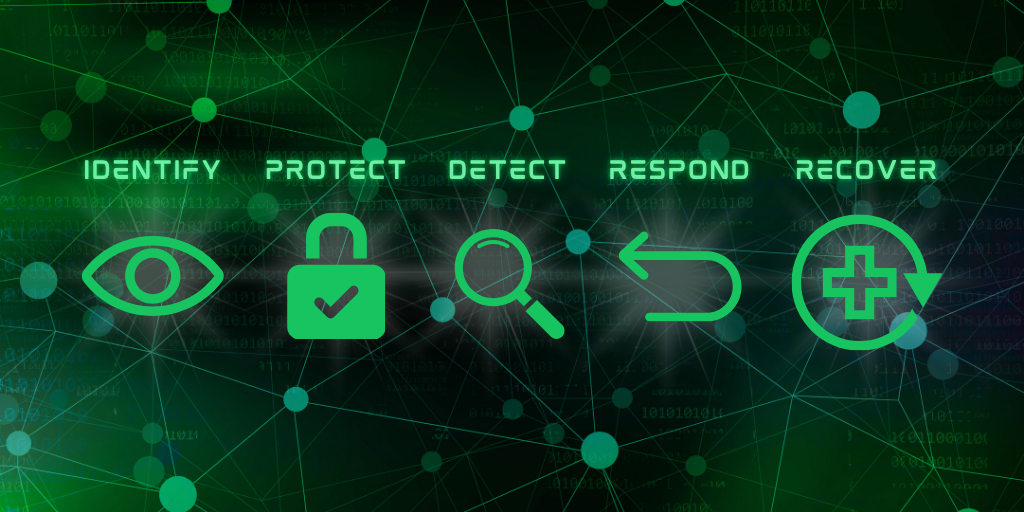Secure Messaging Practices for Small Businesses
Small businesses must prioritize secure messaging to protect sensitive information and maintain customer trust.
4 min read
.jpeg) Michael Markulec
:
Jul 1, 2024 4:37:36 PM
Michael Markulec
:
Jul 1, 2024 4:37:36 PM

Explore the importance of log management in maintaining information security and learn about the best practices to enhance your organization's security posture.
Log management plays a critical role in information security by providing organizations with valuable insights into their network activities and system behaviors. By collecting and analyzing logs from various sources, such as servers, firewalls, applications, and databases, organizations can gain visibility into potential security incidents, identify and mitigate risks, and detect malicious activities.
Logs act as a record of events occurring within a system, capturing important information such as user activities, system events, network traffic, and security-related incidents. They serve as an invaluable source of evidence during forensic investigations and can help organizations understand the root cause of security breaches or system failures.
In addition to incident detection and forensic analysis, log management also facilitates compliance with industry regulations and standards. Many regulatory bodies require organizations to maintain logs for a specified duration and regularly review them for any signs of suspicious activities or policy violations. By effectively managing logs, organizations can ensure they meet these compliance requirements and avoid potential penalties or legal consequences.
Understanding the role of log management in information security is crucial for organizations to develop a proactive and effective security strategy. It enables them to identify vulnerabilities, detect and respond to security incidents, and continuously improve their security posture.
One of the best practices for log management is to implement a centralized log management solution. Centralization allows organizations to collect logs from various sources into a single location, making it easier to manage, analyze, and search through the data. It eliminates the need for manual log collection and aggregation, reducing the risk of missing important events or overlooking security incidents.
A centralized log management solution provides a centralized dashboard or interface that allows security analysts to monitor and analyze log data in real-time. It offers advanced filtering and search capabilities, enabling analysts to quickly identify and investigate security events or anomalies. Additionally, it allows organizations to define automated alerting and notification mechanisms, ensuring timely response to potential threats.
When implementing a centralized log management solution, organizations should consider factors such as scalability, reliability, and data retention. The solution should be able to handle large volumes of log data, accommodate future growth, and ensure the integrity and availability of the logs. It should also provide options for data retention and archiving, allowing organizations to comply with regulatory requirements.
By implementing a centralized log management solution, organizations can streamline their log management processes, improve operational efficiency, and enhance their ability to detect and respond to security incidents.
Setting up log retention and rotation policies is essential for effective log management. Log retention refers to the duration for which logs are stored, while log rotation involves archiving or deleting old logs to make space for new ones. These policies ensure that logs are available for analysis when needed, while also optimizing storage capacity and performance.
Organizations should determine the appropriate retention period for their logs based on factors such as regulatory requirements, operational needs, and the importance of the data. Some logs may need to be retained for a longer period for compliance purposes, while others may only be necessary for a shorter duration. By defining clear retention policies, organizations can ensure they retain logs for the required period and avoid unnecessary storage costs.
Log rotation is equally important to prevent logs from consuming excessive storage space. Old logs should be regularly archived or deleted based on the defined rotation policy. This helps in maintaining a manageable log size and allows organizations to focus on analyzing recent and relevant log data. It also reduces the risk of performance degradation due to large log files.
Setting up log retention and rotation policies requires organizations to have a well-defined log management strategy. It involves determining the appropriate retention periods, establishing processes for log rotation, and implementing automated mechanisms to enforce these policies. By doing so, organizations can effectively manage their log storage, optimize resources, and ensure the availability of critical log data.
Regular monitoring and analysis of log data is a crucial practice in information security. It allows organizations to proactively detect and respond to security incidents, identify emerging threats, and ensure the integrity and availability of their systems.
By continuously monitoring log data, organizations can spot patterns or anomalies that may indicate malicious activities or unauthorized access attempts. Real-time analysis of logs enables security analysts to identify and investigate security incidents promptly, minimizing the impact and potential damage. It also helps organizations identify vulnerabilities or weaknesses in their systems, allowing them to take proactive measures to mitigate risks.
Log analysis should not be limited to manual inspection. Organizations should consider implementing automated log analysis tools or security information and event management (SIEM) solutions. These solutions use advanced algorithms and machine learning techniques to identify patterns, correlate events, and detect potential threats or anomalies. They provide organizations with actionable insights and alerts, enabling them to respond quickly and effectively to security incidents.
Regular monitoring and analysis of log data should be an integral part of an organization's security operations. It helps in maintaining a proactive security posture, reducing the time to detect and respond to incidents, and ensuring the overall resilience of the organization's information security.
Compliance with industry regulations and standards is a critical aspect of information security. Log management plays a crucial role in ensuring organizations meet these compliance requirements and avoid potential penalties or legal consequences.
Many regulatory bodies, such as the Payment Card Industry Data Security Standard (PCI DSS) and the General Data Protection Regulation (GDPR), require organizations to maintain logs for a specified duration and regularly review them for any signs of suspicious activities or policy violations. By effectively managing logs, organizations can demonstrate compliance with these regulations and provide evidence of their security controls.
To ensure compliance, organizations should establish processes and procedures for log management that align with the relevant regulations. This includes defining log retention periods, implementing secure storage mechanisms, and establishing regular log review processes. Organizations should also consider implementing log monitoring and analysis tools to automate compliance checks and generate reports as required.
By ensuring compliance with industry regulations, organizations demonstrate their commitment to protecting sensitive data and maintaining the trust of their customers. Log management plays a crucial role in achieving and maintaining compliance, enabling organizations to meet regulatory requirements and avoid potential legal and reputational risks.

Small businesses must prioritize secure messaging to protect sensitive information and maintain customer trust.

In an era of ever-evolving cyber threats, small businesses can adopt the NIST Cybersecurity Framework to achieve robust cybersecurity without...

Phishing attacks are becoming increasingly sophisticated, posing a significant threat to businesses of all sizes. Implementing key strategies can...